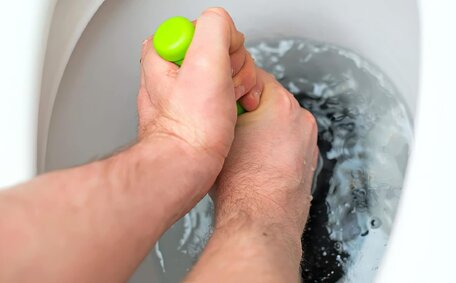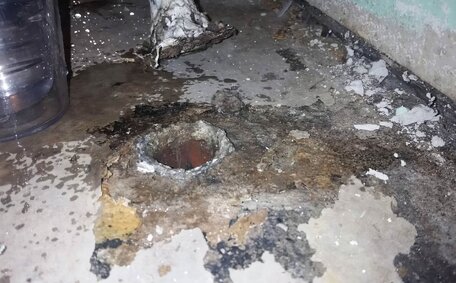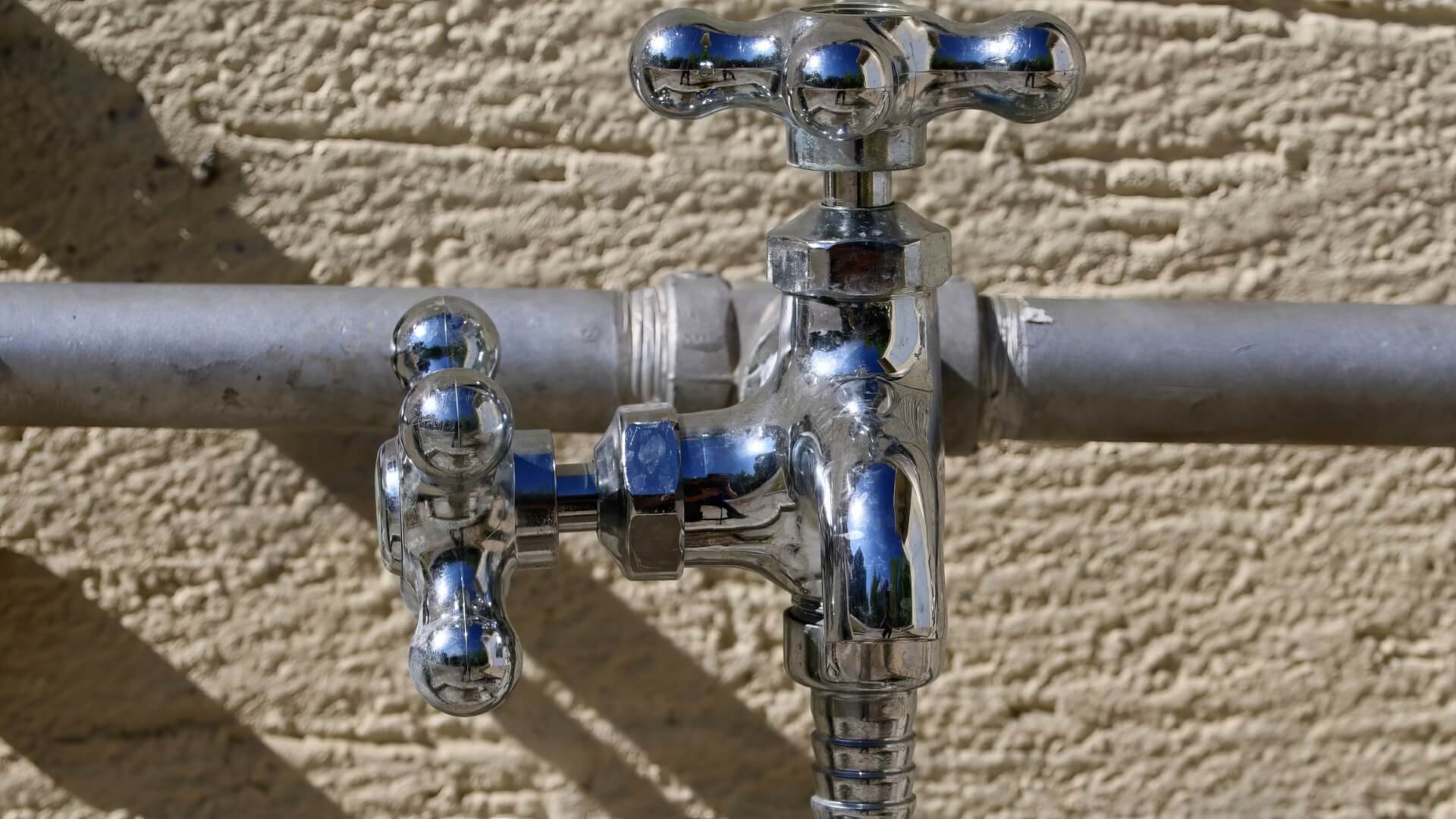Introduction to Common Pipe Materials and Emergency Risks
When it comes to your plumbing system, there are several different types of pipe materials used, including PVC, PEX, copper and stainless steel. Each material has its own unique properties that make it suitable for certain applications. However, these differences also impact how susceptible the pipes are to emergency situations, like freezing temperatures.
It’s essential to comprehend the resistance of various plumbing pipes to freezing, especially for homes and businesses in colder regions such as Dural, Sydney. Recognising at-risk materials informs preventative strategies and material choices for expedited emergency response.
Pipe bursts and blockages due to ice expansion can cause extensive water damage and disruption.
This article will assess the advantages and drawbacks of plastic and metal pipes for water and gas distribution, centering on their susceptibility to freezing. Additionally, we’ll explore the origins of pipe freezing, prevention methods, and key factors to consider when selecting materials for your plumbing needs.
Assessing Durability of PVC Pipes in Emergencies
PVC (polyvinyl chloride) is a widely used plastic pipe in plumbing systems. It’s also known for its versatility and cost-effectiveness. However, PVC’s durability in emergencies is compromised due to its tendency to become brittle in cold temperatures.
In freezing conditions, water expansion can lead to PVC pipes cracking, developing pinhole leaks, or breaking. PVC is actually unsuitable for hot water delivery as heat can deform the piping, unlike certain other materials that are also suitable for high temperatures.
The lightweight nature of plastic can make PVC pipes work against it under pressure. Joins and fittings may separate if pipes twist or stretch. Consider metal piping like copper in high-risk areas instead.
Nevertheless, PVC pipes can tolerate mild cold with minimal damage risk. Properly insulate all pipes, including for both hot and cold water, particularly exposed ones such as outdoor faucets. It’s wise to arrange yearly inspections of faucets and insulation.
Ultimately, plastic pipes and PVC have their pros cons when it comes to resilience. Know what do by understanding its physical limits compared to metal piping. Weigh up all factors like cost, longevity and location risk before installing.
Freezing and Temperature Resistance of PEX Piping
When it comes to resilience against temperature extremes, PEX (cross-linked polyethylene) piping stands out from other plastics. The cross-linking process makes PEX more durable under pressure and heat.
PEX is a flexible type of piping with high UV resistance, advantageous in cold weather to prevent cracks and bursts, unlike more rigid pipes.
PEX can endure above 50 freeze-thaw events, coping with internal water expansion before there’s any threat of pipe failure.
PEX is also apt for hot water lines, capable of withstanding temperatures up to 95°C before it begins to soften. Chlorine resistance also makes it an excellent choice for transporting drinking water at high temperatures.
Despite the material, insulation is key. Protect all pipes, including PEX, from outdoor exposure during cold periods. Annual inspection of lagging remains vital preventative maintenance, ensuring lasting system integrity.
With flexibility and ruggedness combined, PEX offers homeowners reliable performance despite Sydney’s variable climate. Consult our team about PEX uses that best serve your needs.
Copper and Stainless Steel Pipes in Emergencies
Metal pipes such as copper and stainless steel offer significant advantages in emergency resilience over plastic pipes.
Copper remains resistant to corrosion while maintaining flexibility to handle water pressure fluctuations from frozen and thawed pipes. Copper’s malleability helps it better absorb sudden stresses compared to the rigidity of stainless steel.
In extreme conditions, stainless steel’s endurance surpasses that of others like PVC, which may turn brittle. Highly durable steel piping remains intact through repeated freeze-thaw episodes, performing better in this regard than copper. Stainless systems are additionally suitable high temperature exposure to hot water and chemicals that might degrade copper over time.
Correctly lagged, both copper and stainless steel can maintain integrity to temperatures approaching -20°C. But to make sure no pipe is considered invulnerable, protective measures are vital even with resilient metals for the long run. Ensure adequate insulation of all exterior piping and set up annual inspections to guarantee lasting emergency plumbing preparedness.
Copper pipes often offer a desirable mix of durability, longevity, and affordability for many households. But stainless steel solutions excel in high-risk chemical or industrial environments. Consult our team to determine the type of piping that best suits your unique needs, whether metal or plastic.
Preventing Pipe Damage and Frozen Pipes
To prevent pipe damage and manage frozen pipes, follow these essential steps:
Before Cold Weather Sets In
- Drain any external pipes and supply lines that could freeze, such as those leading to outside taps or irrigation systems
- Insulate all exposed pipes in unheated areas like crawl spaces, basements or attics
- Seal off any external cracks or openings around pipes that cold air could penetrate
- Disconnect and remove any garden hoses, which can hold water and freeze
During Extreme Cold Spells
- Allow taps to drip slowly overnight to relieve pressure and prevent freezing.
- Open cabinet doors to allow indoor pipes better exposure to ambient room temperatures
- Keep your thermostat at a minimum of 15°C to minimize the risk of indoor pipe freezing.
Regular Maintenance for Prevention
- Check and repair any damaged pipe insulation before winter sets in.
- Examine pipes for weak points or evidence of leaks to address vulnerabilities
- Utilise heat tape for extra insulation on outdoor pipes in vulnerable locations.
- Acquire techniques to effectively defrost pipes and inspect for freeze-related damage, like looking for cracks post harsh weather.
Taking proactive precautions can prevent extensive plumbing repairs. Our expert team can evaluate your plumbing for any vulnerabilities and suggest custom solutions. Stay vigilant against cold risks - call us if you suspect frozen pipes anywhere in your system.
Choosing the Right Pipes for Safety and Code Compliance
Choosing pipes requires careful consideration of safety and adherence to Australian standards. This ensures the materials and pressure ratings match the intended application.
Water Service Pipes
For water supply lines inside a home, choosing the right type pipe is pivotal and types plastic piping like PEX and PVC are common choices due to their flexibility, corrosion resistance, ease of installation and cost effectiveness. Just ensure any plastic water pipes carry the approved 'AS/NZS 4020’ safety marking.
For the main water line to your home, regional rules vary, yet a durable plastic such as PVC may be adequate, subject to the regulations. In NSW, copper is recommended for pipes due to its required durability. Use size DN20 or DN25 for residential properties.
Gas Pipes
All gas piping must comply with AS/NZS 5601.1 standards. Materials commonly used gas installations include annealed copper by default, or stainless steel where conditions demand. Dimension gas piping according to the demand of gas appliances and the length of the run.
Also crucial is specifying pipes rated for the correct maximum operating pressure. Natural gas systems, being low pressure, require pipes rated at 1.0kPa. Contact our team for guidance selecting suitable gas line materials that meet standards as strict as those in the United States.
Wastewater Pipes
For underground wastewater and sewage drainage, uPVC piping, made plastic robust enough, is also suitable for high-demand applications and tends to be the go-to material. While more rigid than PEX, uPVC handles both household effluent and soil loads well. Use 'AS/NZS 1260’ certified uPVC wastewater pipes.
The bottom line - always check regulatory standards based on pipe function when selecting plumbing materials. Our team stays current on the latest codes to advise compliant solutions that keep your home safe.
Conclusion and Professional Consultation
When it comes to protecting your plumbing from emergency risks, pipe material choices carry major safety and longevity implications. Plastic piping like PVC and PEX brings benefits like cost-effectiveness, corrosion resistance, and an easy install process. Metal counterparts like copper and stainless steel better withstand temperature extremes than other materials, due to their superior durability.
Master freeze prevention practices such as maintaining consistent heat and slightly open taps. Distinct areas of your plumbing may necessitate customized solutions.
For a plumbing evaluation or a new installation quote, connect with Dural Plumbing.






